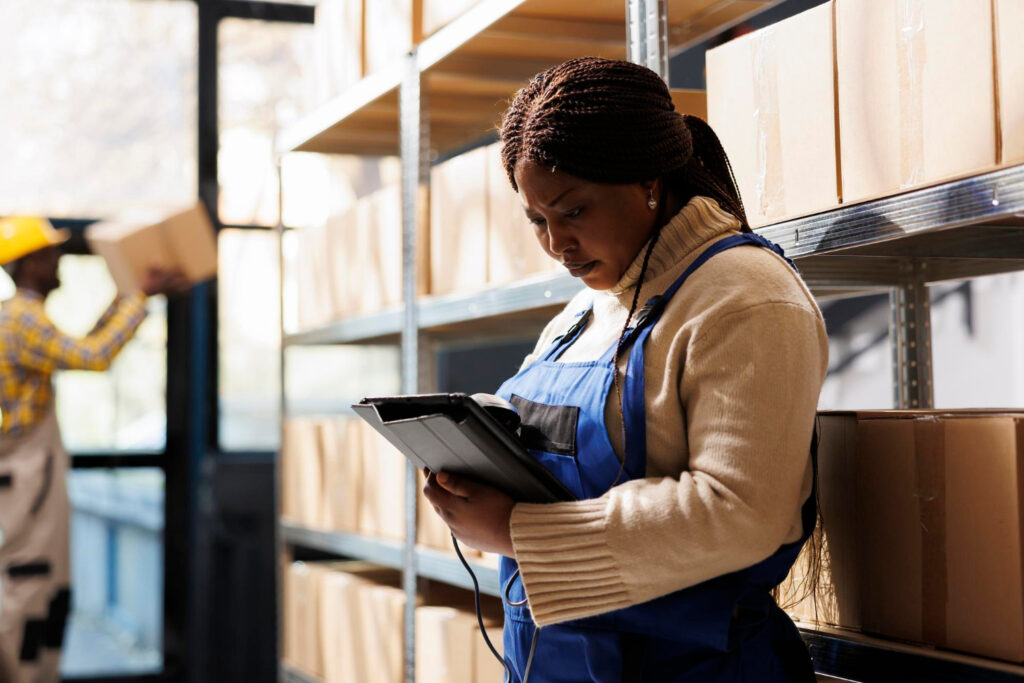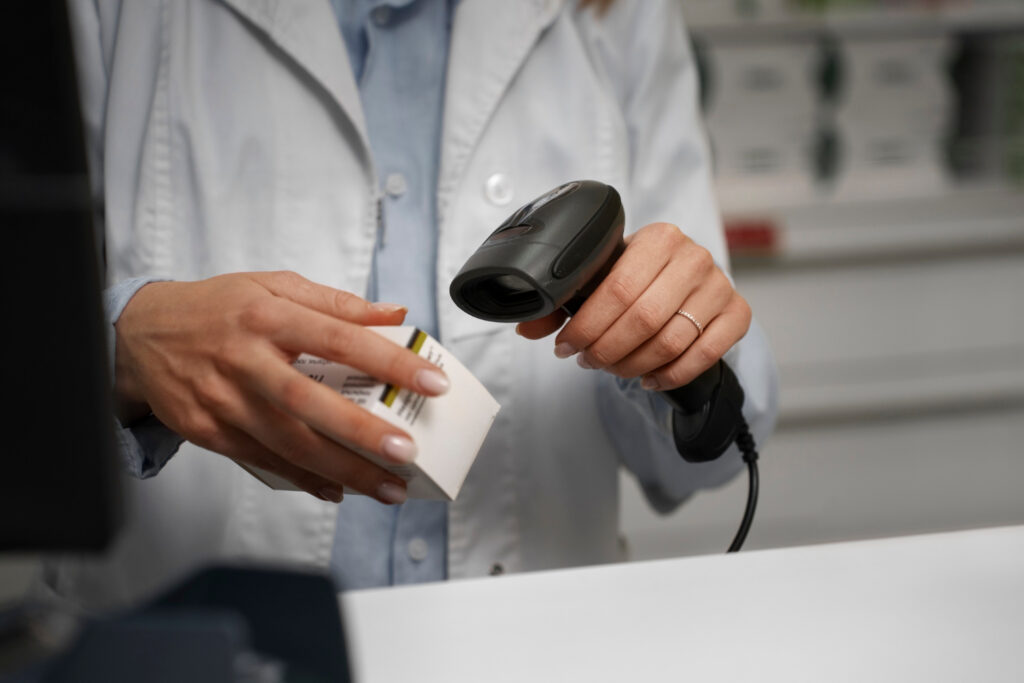Designed for endurance and performance
Ruggedised Android devices are designed to withstand just about anything the challenging working environment can throw at them. These tablets, smartphones and other items of process-critical hardware are resistant to moisture, dust and temperature and survive hard-surface impacts when dropped (or in some cases even driven over!).
The greatest benefit of having ruggedised equipment is its durability and the subsequent ability to avoid failure and achieve consistent performance throughout a units lifespan, even under the toughest of conditions.
Its about so much more than external protection alone
When considering how to optimise the performance of ruggedised Android devices however we must consider more than just the Ingress Protection (IP) rating. Any good inventory maintenance programme should also involve the regular updating of the OS to ensure that the latest version is always the one being used.
General best practice aside, there are 3 main reasons why updating your devices OS is essential: –
- Latest Android versions generally include significant (sometimes game-changing) functionality
- The updates introduce expansions and restrictions to APIs (Application Programming Interfaces) to manage permissions for third-party apps to interact and perform advanced functions
- Each update includes important security and privacy enhancements
Optimising your investment
You most probably invested a significant amount of time when making decisions about the devices your enterprise would use, ensuring budget allocations would be well spent. Regularly updating the OS on each is one of the simplest ways to make sure that the equipment keeps performing at its best, perhaps even providing additional capabilities you didnt expect. And lets not forget that you have a responsibility to your clients when managing their data, so operating in adherence to the most up-to-date regulatory compliance is essential.
With connectivity comes risk
The Internet of Things has opened up so many possibilities. Previously closed systems are now increasingly becoming collaborative platforms where cloud services and data analytics are harnessed to improve efficiency, productivity and accuracy in working processes.
Unfortunately, with increased access comes increased exposure to risk. Cyberattacks are unquestionably on the rise and open networks present an opportunity to those who wish to exploit any valuable information or indeed business-critical data they contain. And even if a particular system is not identified as one containing sensitive information, there is a very real possibility that it may be viewed as a weak link to enter the wider system beyond, an easy access point to more valuable content. The outcome of a cyberattack may be a temporary, inconvenient loss of productivity however, especially if malware is involved, it can be significant enough to bring operations to a complete standstill. Avoidance of such threats is a strong incentive to make sure every devices OS is the most recent one, including the most robust security protocols.
Patches arent the best answer
Some ruggedised device OEMs and providers encourage the use of patching or backporting a new OS version to an older OS system as a means of updating but this is not something we would recommend (and Google agree by not supporting this activity either). As well as potentially missing out on the highly beneficial functionality improvements, essential security enhancements based on current cyber threats are also lost, neither being backportable.
Get in touch today!
At PLM Global we want to ensure that our clients can achieve the highest levels of efficiency and productivity with the minimum exposure to any form of risk and thats why we will always champion the regular updating of all ruggedised Android devices across their estates. For more information and support visit https://plm-global.co.uk/




